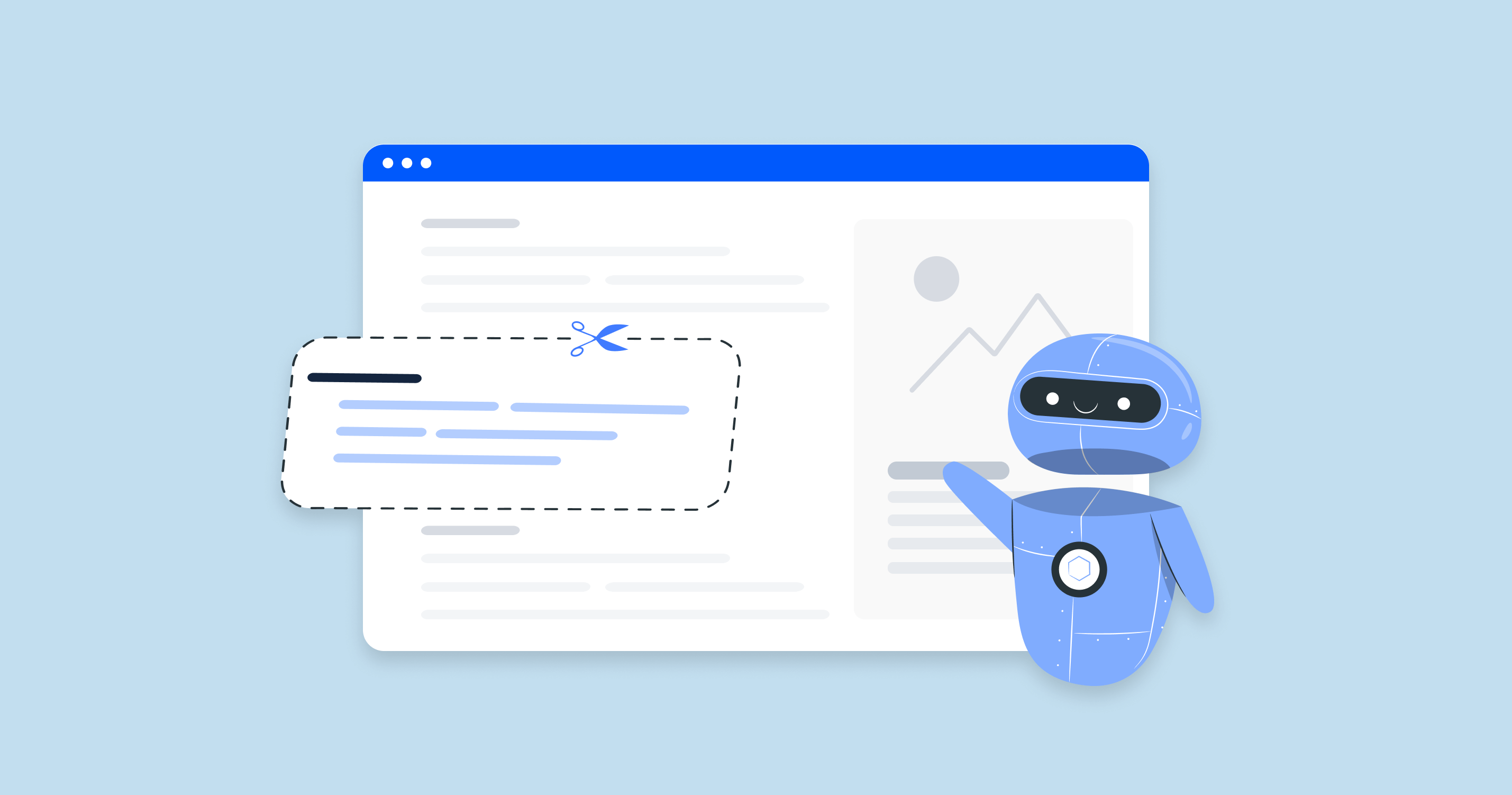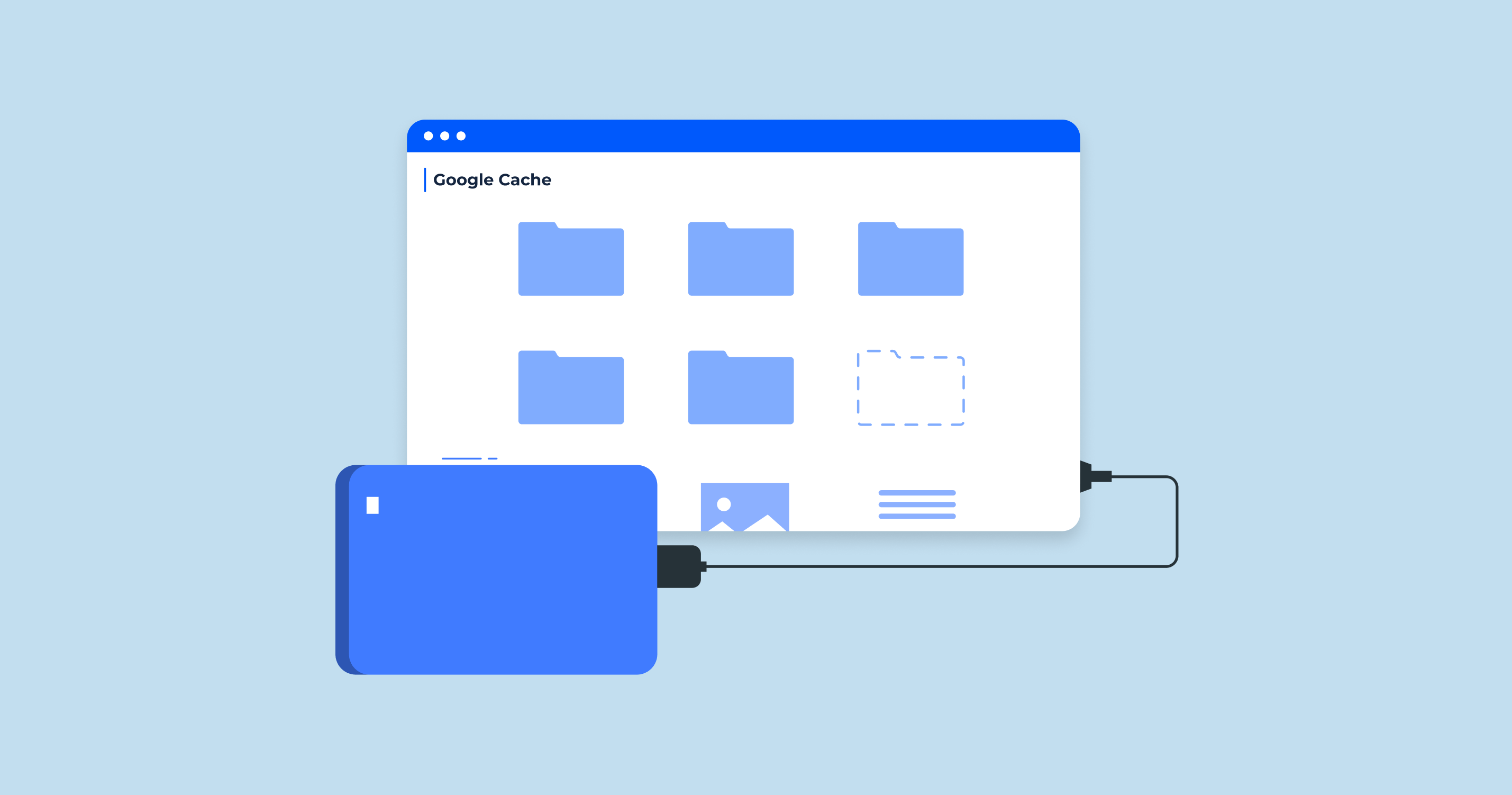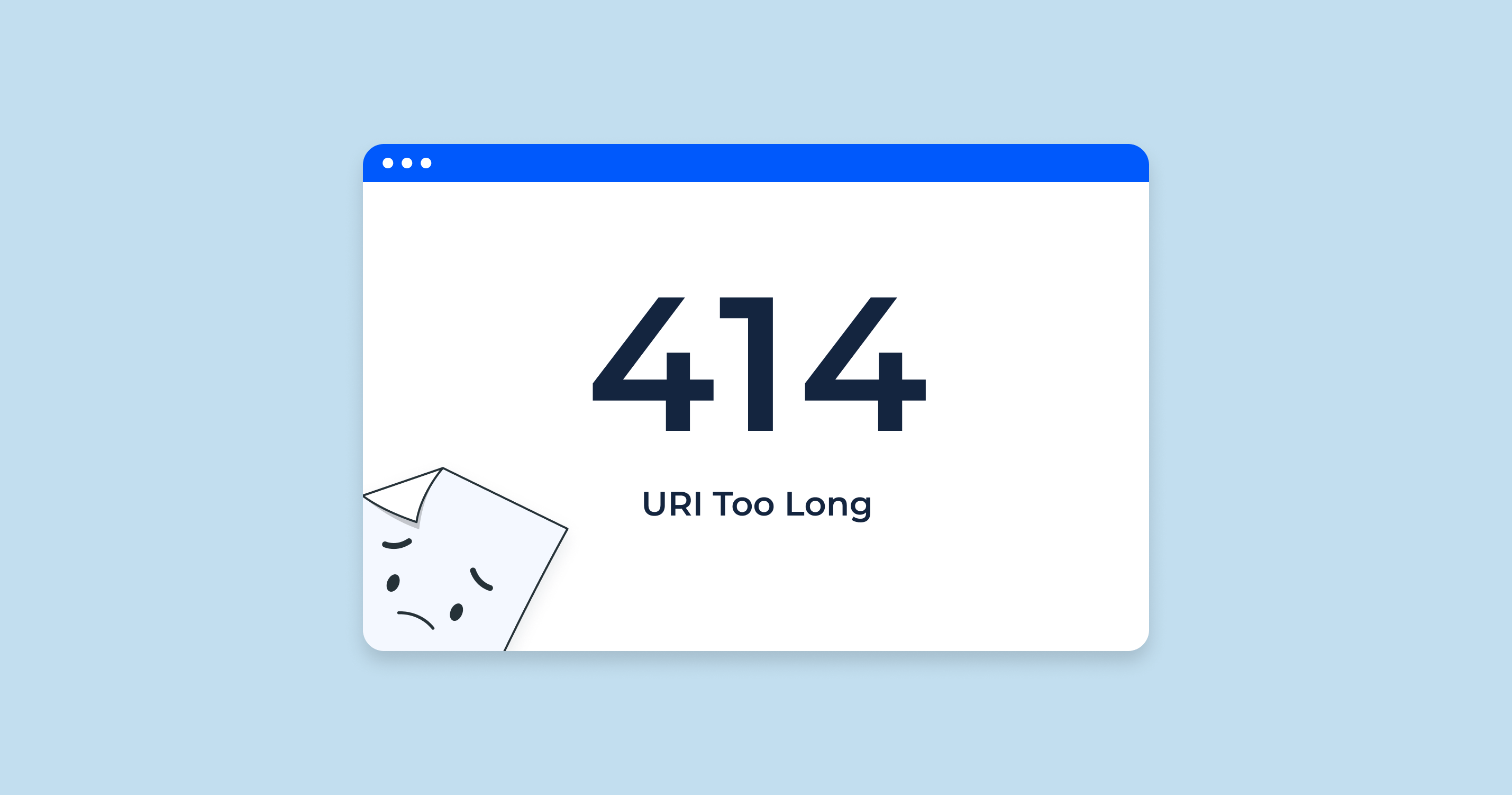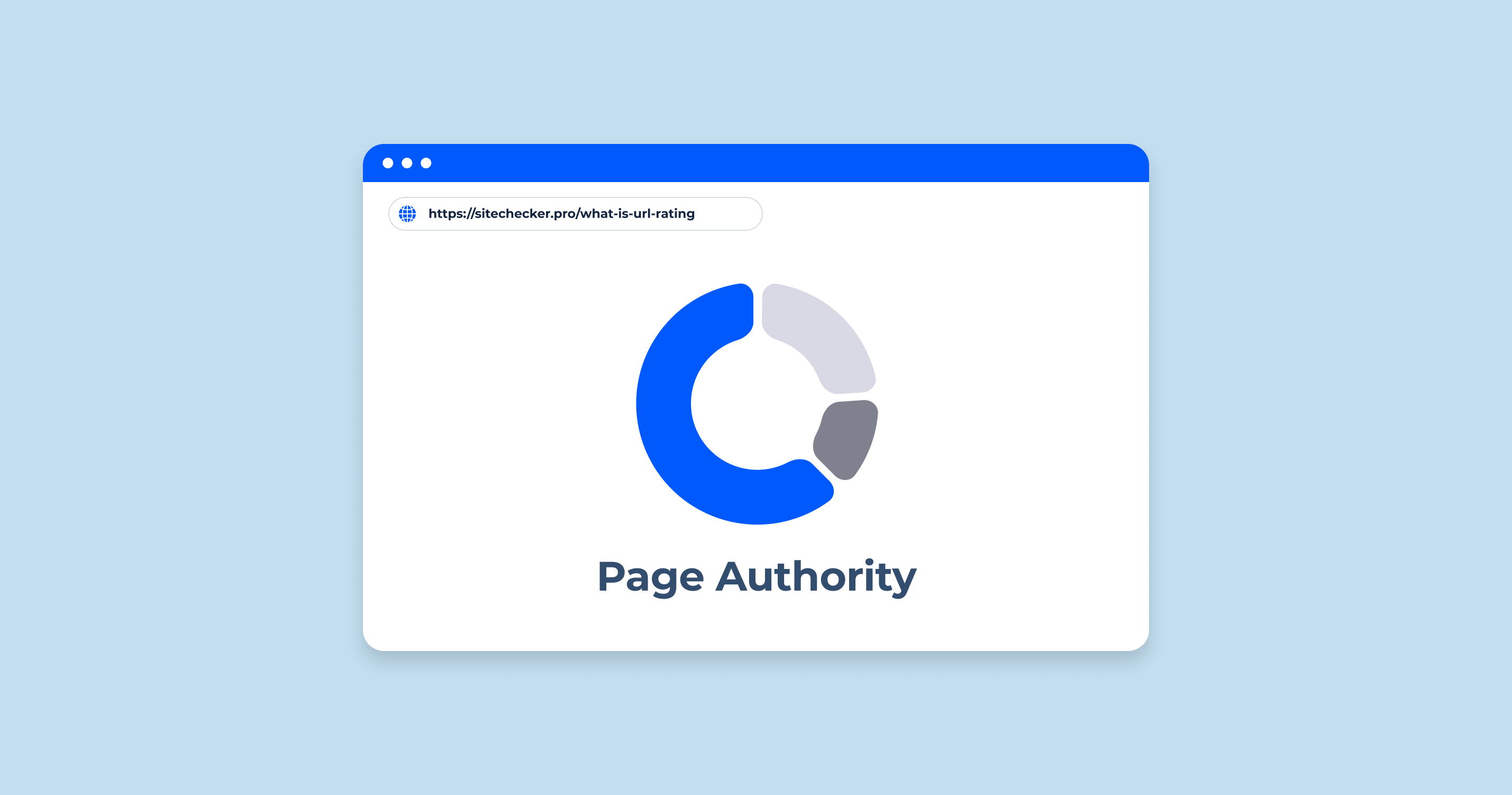What is Data-Nosnippet?
‘Data-nosnippet’ is an attribute that can be added to HTML elements to indicate that the content within those elements should not be used as a snippet (or preview) in search results. When search engines like Google display results for a query, they sometimes show a small portion of the content (a snippet) to give users an idea of what the page contains. If you want to prevent specific content from being used in these snippets, you can add the ‘data nosnippet’ attribute to the corresponding HTML elements.
For instance, consider the following HTML:
<span data-nosnippet>This is sensitive information.</span>In the above code, the first paragraph can be displayed as a snippet in search results, while the second paragraph (with the data-nosnippet attribute) should not be.
It is important to note that the data-nosnippet attribute is only a suggestion to search engines. Search engines are not required to honor it. However, most major search engines, including Google, do respect the data-nosnippet attribute.
Here are some examples of when you might want to use the data nosnippet attribute:
- To prevent your phone number or email address from appearing in search results.
- To prevent login forms or other sensitive information from appearing in search results.
- To prevent duplicate product descriptions from appearing in search results.
- To prevent text that is generated by a script from appearing in SERP.
- To prevent text that is not relevant to the page, such as a copyright notice or a navigation bar, from appearing in SERP.
If you are unsure whether or not you should use the data-nosnippet attribute, it is always best to err on the side of caution and use it.
Data-Nosnippet Impact SEO
The snippet exclusion attribute allows website owners to control which parts of their content appear in search result snippets. While it’s primarily designed for content presentation in SERP rather than directly influencing rankings, it can indirectly impact SEO in several ways:
| Click-Through Rate (CTR) | The snippets displayed in SERP can heavily influence a user’s decision to click on a link. By controlling which parts of your content are displayed (or not displayed) using the snippet exclusion attribute, you can potentially impact the CTR of your pages. A compelling snippet can increase CTR, whereas a poorly selected or confusing snippet might decrease it. |
| Accuracy and Relevance | By using data-nosnippet, you can prevent irrelevant or misleading information from being displayed in the snippet. This can help ensure that users who click on your link find what they expect, leading to better user satisfaction and potentially lower bounce rates. |
| Brand Image and Control | There might be instances where certain parts of your content (e.g., disclaimers, ads, or other non-primary content) might not represent your page or brand appropriately when taken out of context. Using data-nosnippet can prevent such content from appearing in snippets, giving you more control over your brand’s image in SERP. |
| Indirect Ranking Impact | While the use of data-nosnippet itself might not directly impact rankings, user behavior metrics such as CTR and bounce rate can influence search algorithms. If using snippet exclusion leads to better user metrics, it could indirectly benefit your SEO. |
| Privacy or Sensitivity Concerns | In some cases, there might be sensitive or private information that you don’t want to appear in search snippets but is still present on the page for users who visit. Using data-nosnippet can help protect this information from appearing in search results. |
While data-nosnippet doesn’t directly impact a page’s ranking, it influences how the content is presented in SERP, which can affect user behavior and, by extension, SEO.
It’s essential to use the attribute wisely and test its impact to ensure it serves your goals.
Troubleshooting and Solving Data-Nosnippet Errors
Here are a few troubleshooting steps and solutions for potential data-nosnippet errors, following the format of your example:
Incorrect Application of data-nosnippet
In some cases, the data-nosnippet attribute may be incorrectly applied to important sections of content, which could lead to valuable information being omitted from search snippets.
Overuse of data-nosnippet
Using the data-nosnippet attribute too frequently or broadly might cause search engines to have difficulty generating meaningful snippets for your content. This can lead to generic or less compelling search result previews.
Inconsistent Behavior Across Search Engines
While many search engines respect the data-nosnippet attribute, there might be differences in implementation or occasions when certain search engines don’t honor it.
Mistakenly Blocking Critical Content
There might be instances where content marked with data-nosnippet is mistakenly considered critical for search engine understanding, potentially impacting rankings.
Forgetting to Remove Temporary data-nosnippet
Sometimes, you might apply data-nosnippet to content temporarily, such as during a promotion or event, and then forget to remove it afterward.
The effectiveness of no-preview and its impact on SEO can vary based on several factors, including website design, content type, and search engine behavior. Regular monitoring and adjustment are essential to maximize its benefits.
Check Your Snippet With Snippet Checker by Sitechecker
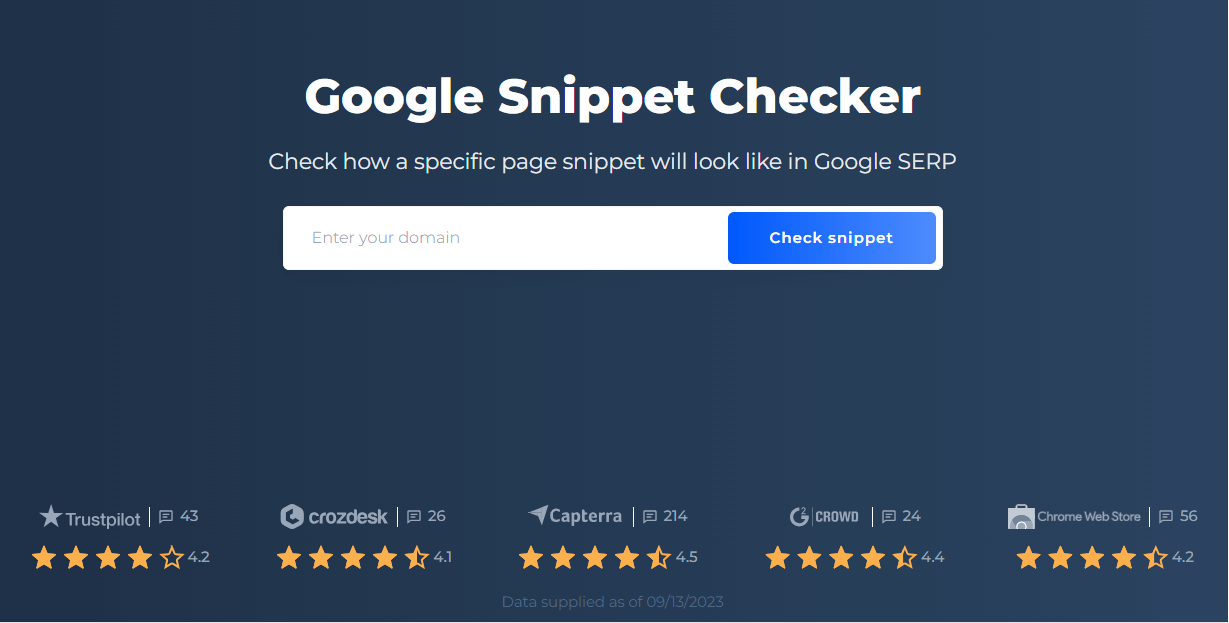
The Snippet Checker tool provided by SiteChecker.Pro is a valuable utility for webmasters and SEO professionals. With the rise of rich snippets and structured data, ensuring that specific portions of a webpage aren’t displayed as snippets in search engine results has become crucial. The Data-nosnippet HTML attribute is employed for this purpose, and SiteChecker.Pro’s snippet checker offers a seamless way to validate its implementation.
By analyzing a given webpage, this tool quickly identifies whether the Data-nosnippet attribute has been used correctly. Incorrect or misplaced attributes can affect how search engines display content, which could mislead users or misrepresent the page’s actual content. By using the snippet checker, site owners can be confident that only the intended portions of their content are excluded from search snippets.
Moreover, the simplicity and ease of use of SiteChecker.Pro’s snippet checker save time for website administrators. Rather than manually scanning through lines of code, the tool provides immediate feedback, facilitating timely and efficient adjustments. As search engines continue to evolve and give more prominence to snippets, tools like this become indispensable in optimizing user experience and search engine presentation.
Conclusion
The Data-nosnippet HTML attribute serves as a guideline to search engines, indicating which portions of a webpage should not be displayed as snippets in search results. While it doesn’t directly impact a site’s ranking, its strategic use can influence user behavior metrics like Click-Through Rate (CTR) and bounce rate. The key is to use it wisely to ensure content relevance, protect sensitive information, and maintain a brand’s image in search results. For webmasters and SEO professionals, tools like SiteChecker.Pro’s snippet checker are invaluable, enabling quick and efficient validation of the attribute’s correct implementation. This ensures that search engine result presentations are optimized for both user experience and content accuracy.
